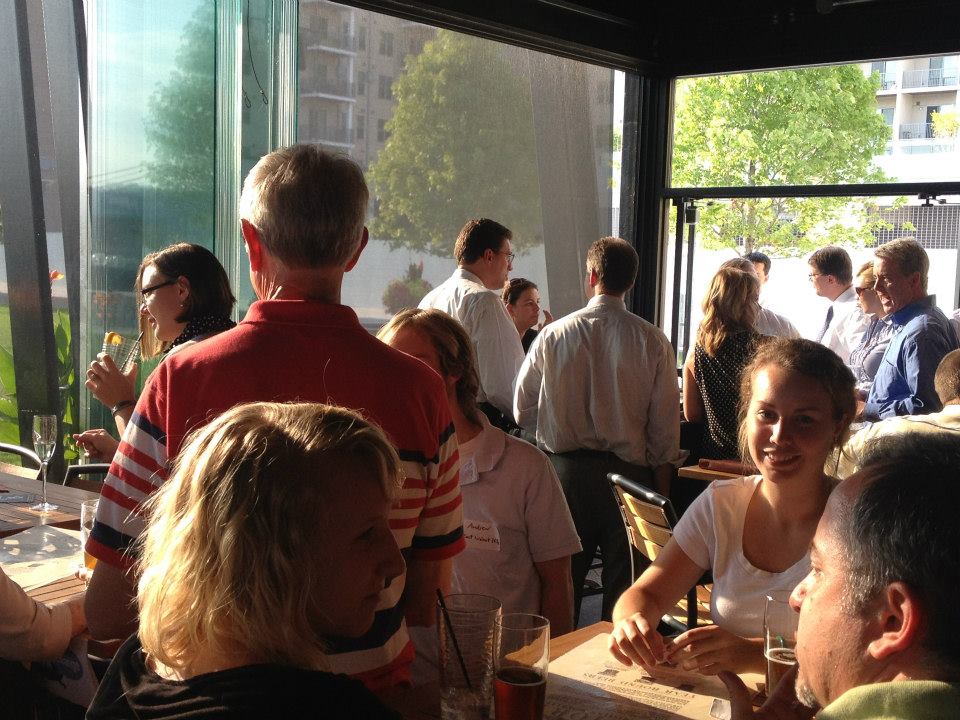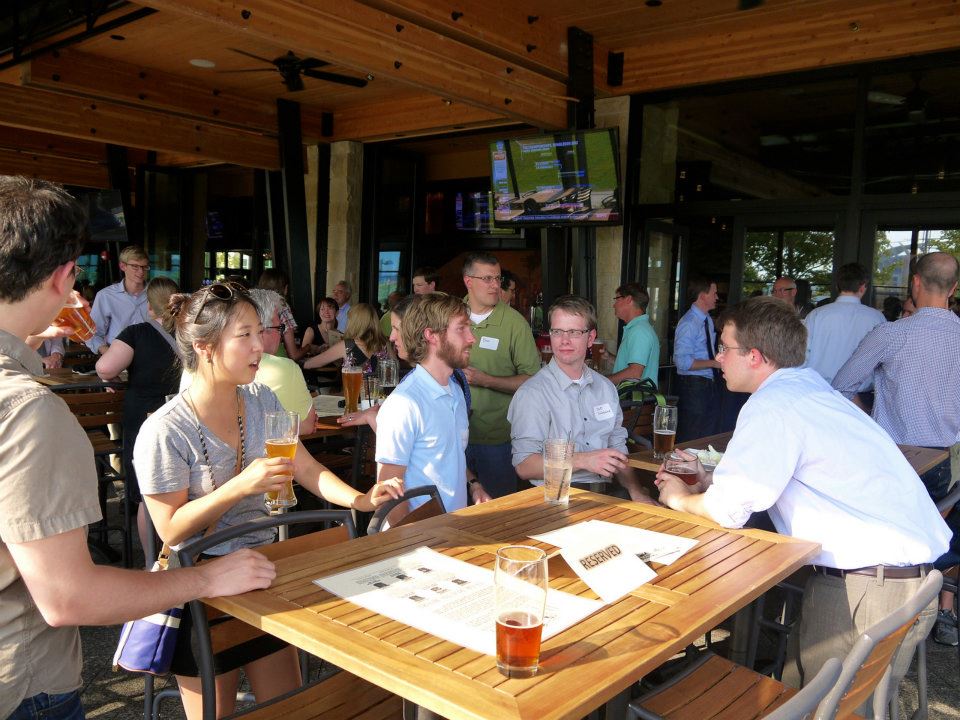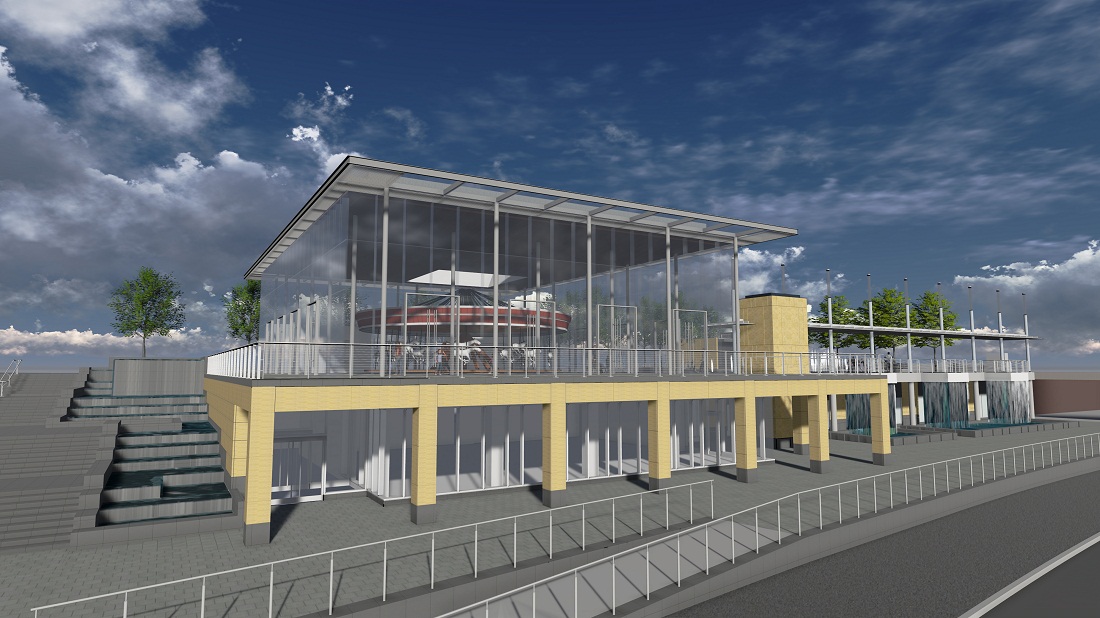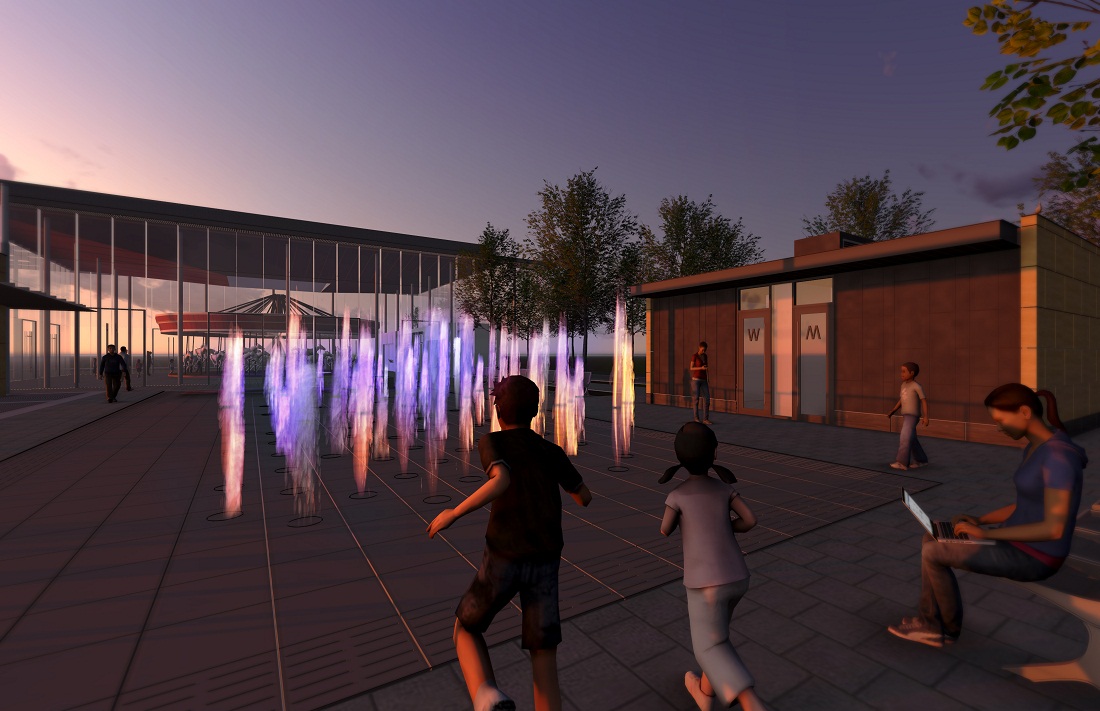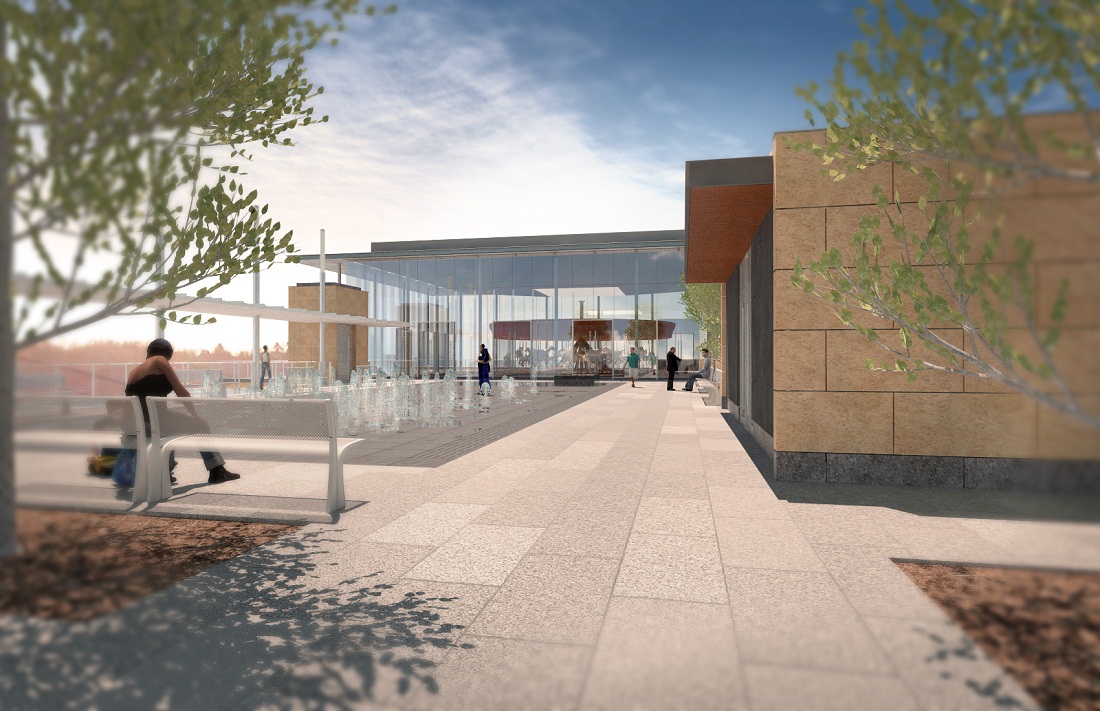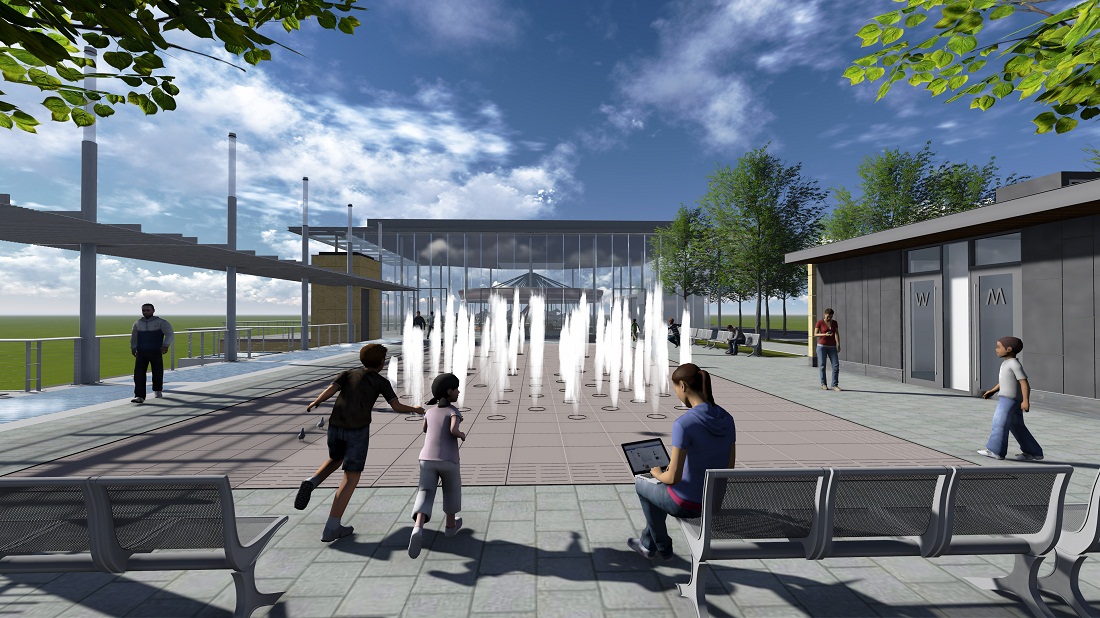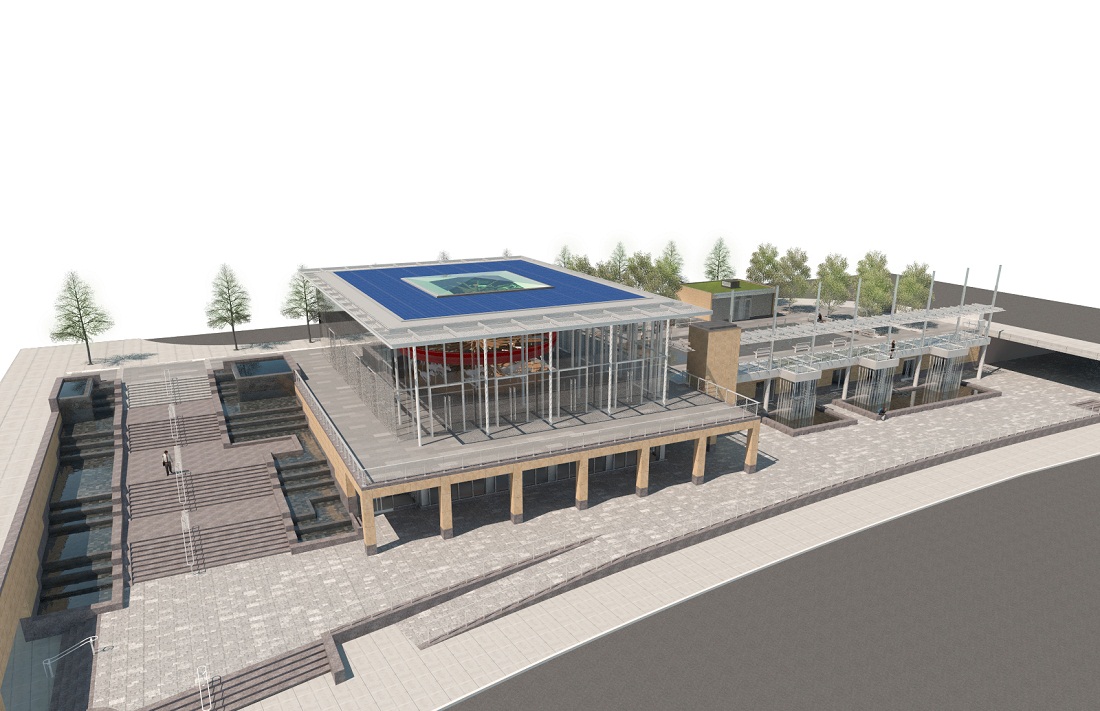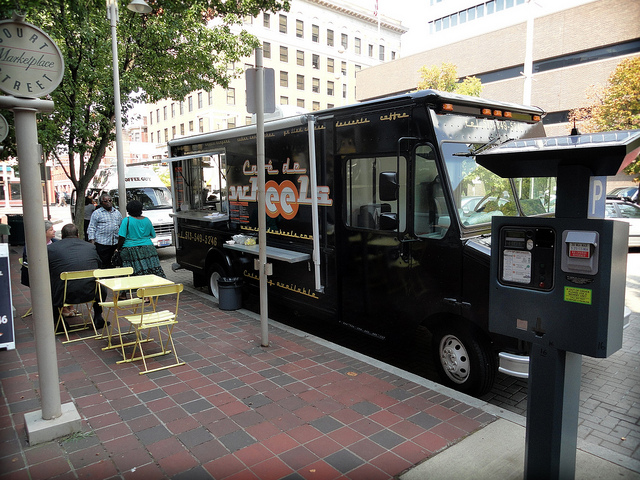Last week the U.S. Environmental Protection Agency (EPA) approved the solution proposed by the Metropolitan Sewer District of Greater Cincinnati (MSD) for fixing its combined sewer overflows (CSOs) into the Mill Creek.
Cincinnati is one of many cities struggling to fix their CSOs, which are caused by a combination of higher water runoff and sewer systems that were designed to accommodate both stormwater runoff and sewage. What it means in real terms is that when there are heavy rain events, the stormwater fills up the sewers and then mixes with the sewage.
According to the EPA, raw sewage contains pathogens that threaten public health, leading to beach closures and public advisories against fishing and swimming, and is a problem that particularly affects older urban area.

MSD’s plan to reduce 1.5 billion gallons of CSOs from the Mill Creek will include the transformative Lick Run project in South Fairmount.
As a result, under a 2010 consent decree, the MSD was required to either construct a deep-tunnel system under Mill Creek, or conduct further analysis and propose an alternative plan. What is unique about Cincinnati’s approved plan is that it deviates from the standard ‘gray’ tunnel solution, and instead proposes using green infrastructure fixes to reduce stormwater runoff.
“We are very excited to move forward with our innovative wet weather solution that not only provides highly cost-effective compliance with our Consent Decree but simultaneously sets the groundwork to enhance our communities,” James A. “Tony” Parrott, MSD’s Executive Director, said in a prepared release.
In addition to the environmental benefits of Cincinnati’s alternative plan, it is also expected to save taxpayers approximately $200 million upfront and remove 1.78 billion gallons of CSOs annually from the Mill Creek.
The savings come from not building a new deep-tunnel system to accommodate the excess stormwater runoff, and instead aiming to reduce the amount of stormwater flowing into the sewer systems during heavy rains.
The green infrastructure solution being pursued by Cincinnati is already being viewed as a national model for other cities looking to clean up their waterways.
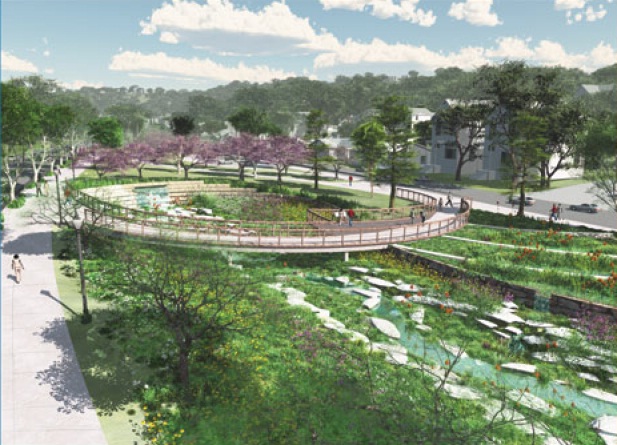
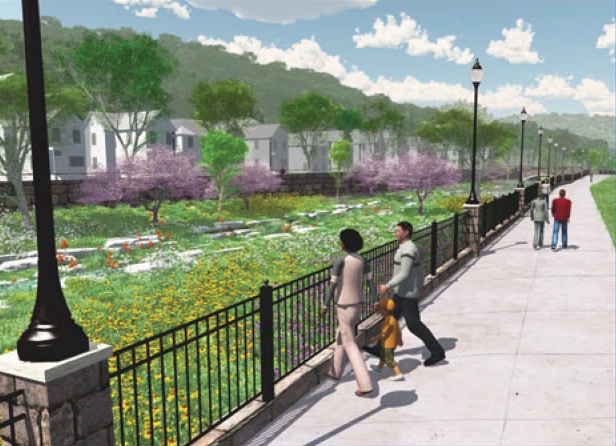
The $192M Lick Run project would create a linear park through South Fairmount along a newly ‘daylighted’ stream. Images provided.
The hallmark feature of the plan is the $192 million Lick Run Project, which will ‘daylight’ the former creek through the heart of South Fairmount and creating a linear park that officials say will convey stormwater and natural drainage to the Mill Creek. This project alone is estimated to reduce overflows into the Mill Creek, from the largest CSO in the system, by 624 million gallons annually.
“This plan is good news for the residents of Cincinnati and for communities along the Ohio River,” said Cynthia Giles, assistant administrator for EPA’s Office of Enforcement and Compliance Assurance. “Not only will this innovative plan ensure that significant volumes of polluted stormwater and raw sewage are kept out of local waterways, but it will also cost less than more traditional approaches, saving money for ratepayers and the city.”
In addition to the Lick Run Project, MSD’s phase one fixes will also include upgrades to the West Fork, Kings Run, and Bloody Run watersheds that will result in an additional 422 million gallons CSO reduction.
The combined phase one work is planned to take place over the next five years and is estimated to create nearly 1,000 full-time equivalent construction jobs.
MSD officials say that plans for phase two work will be submitted in 2017, and will aim to address CSOs in the Lower Mill Creek watershed. While the plans are not yet finalized, both MSD officials and regulators believe the final remedy will also use an integrated watershed plan approach.
